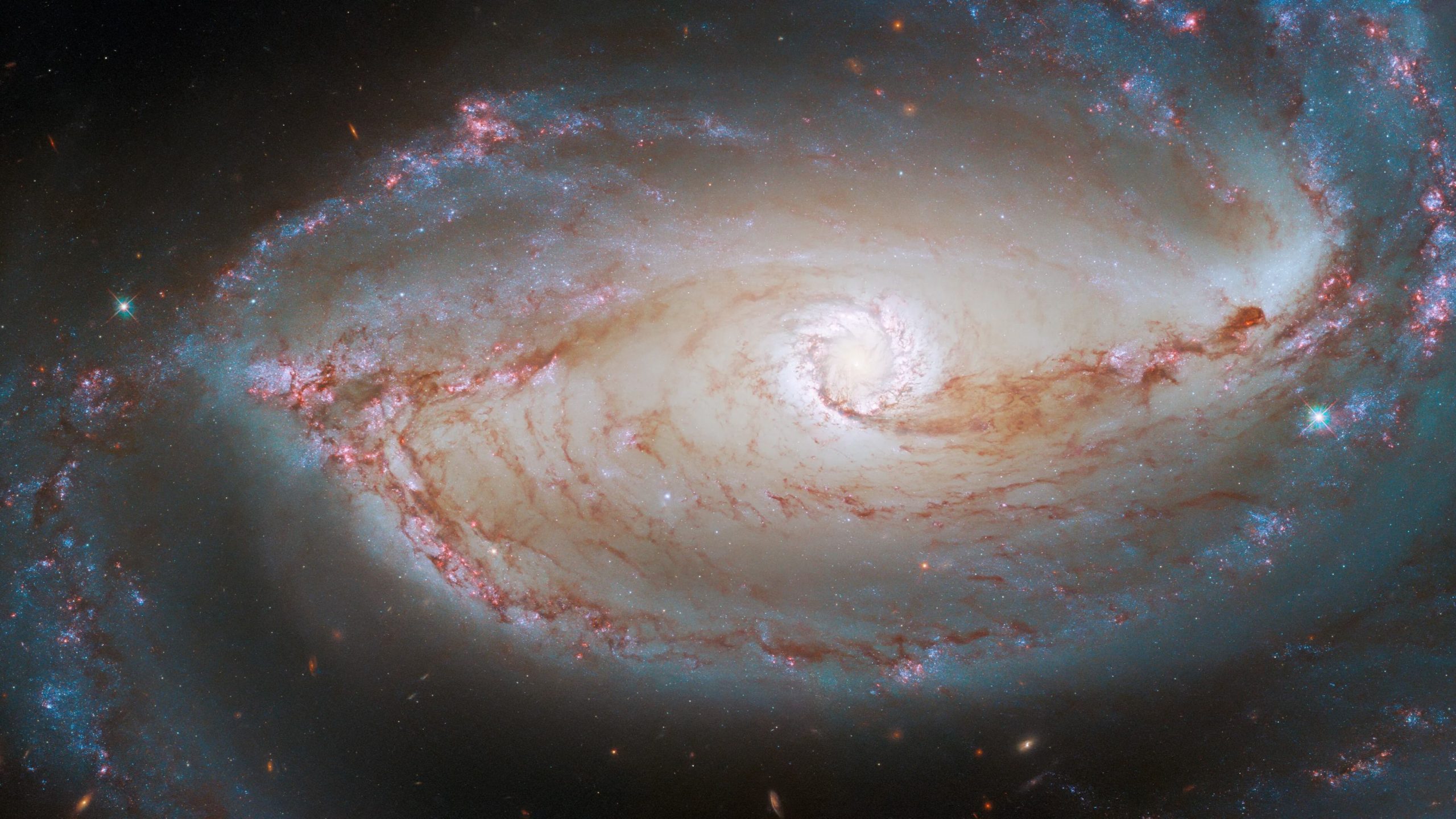In a groundbreaking discovery, scientists using NASA’s James Webb Space Telescope have identified a peculiar galaxy that may shed new light on the origins of the universe. The observations revealed an unusual light signature of the galaxy, where its gas appeared to shine brighter than its stars, an unprecedented phenomenon, as reported bythe independent.
This galaxy, dating back about a billion years after the Big Bang, could fill a significant gap in our understanding of galactic evolution, illustrating a transitional phase between the first stars and the fully developed galaxies known today.
“When I first saw the spectrum of the galaxy, I thought, ‘That’s strange,'” said lead researcher Alex Cameron of the University of Oxford. “This is exactly what the Webb telescope was built to do, to discover completely new phenomena in the early universe that help explain how cosmic history began.”
The research team analyzed the data and developed computer models that indicate that if massive, extremely hot stars heat clouds of cosmic gas, the resulting gas could eclipse the stars. These models were in close agreement with the Webb telescope observations.
The galaxy, called Galaxy 9422, appears to be undergoing intense star formation within a cloud of gas illuminated by the light of newly formed stars. This glow is bright enough to be detected across vast cosmic distances.
Despite its fascinating features, the Galaxy 9422 remains somewhat enigmatic. Scientists are still determining how typical it is of galaxies of this era or how it evolved from even earlier stages of cosmic history.
“It’s an exciting time,” Cameron said. “Using the Webb telescope to study this previously unattainable era is just the beginning of discoveries and deeper understanding.”
The findings are detailed in the paper titled “Nebula-Dominated Galaxies: Insights into the Stellar Initial Mass Function at High Redshift,” published in the journalMonthly Notices of the Royal Astronomical Society.
Disclaimer:
The information contained in this post is for general information purposes only. We make no representations or warranties of any kind, express or implied, about the completeness, accuracy, reliability, suitability or availability with respect to the website or the information, products, services, or related graphics contained on the post for any purpose.
We respect the intellectual property rights of content creators. If you are the owner of any material featured on our website and have concerns about its use, please contact us. We are committed to addressing any copyright issues promptly and will remove any material within 2 days of receiving a request from the rightful owner.

